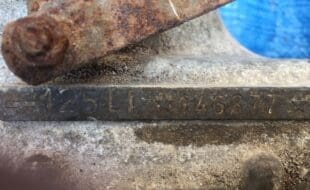Thinking of buying a new helmet? Stan gets an insider’s view on what to look for when choosing a new lid.
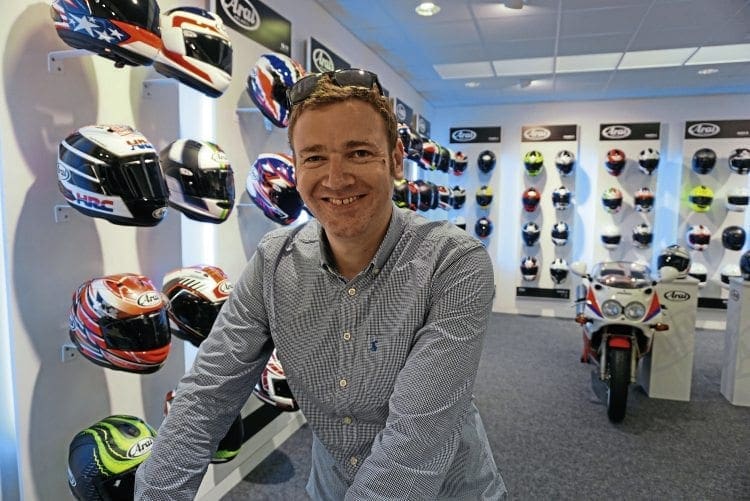
The headquarters of Moto Direct, importers of brands such as AGV and Arai, is a rather anonymous-looking industrial unit near Mansfield. Inside it’s a different story though. For Moto GP enthusiasts there’s a mind boggling collection of race bikes and automobilia. Collectors would marvel at the selection of helmets worn by motorsport’s most famous names.
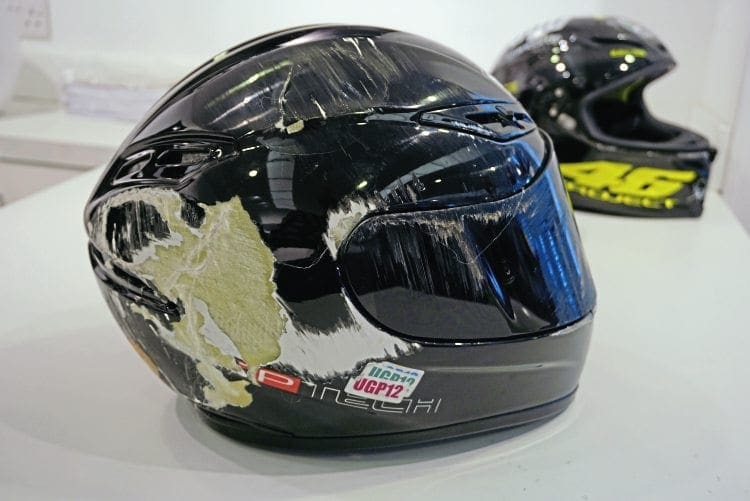
Sadly I wasn’t there as a tourist; my task was to interview brand manager Stuart Millington. A keen biker, Stuart has a lifetime’s experience in the industry and for two weeks of the year escapes the office to act as pit crew for some of the world’s leading TT riders. I’d been promised a frank discussion but was still surprised by his opening remark: “It’s not difficult to make a safe helmet fairly cheaply. The challenge is making one that people want to wear.” Sensing my confusion Stuart changed direction, “Maybe we should start with what a helmet’s designed to do?”
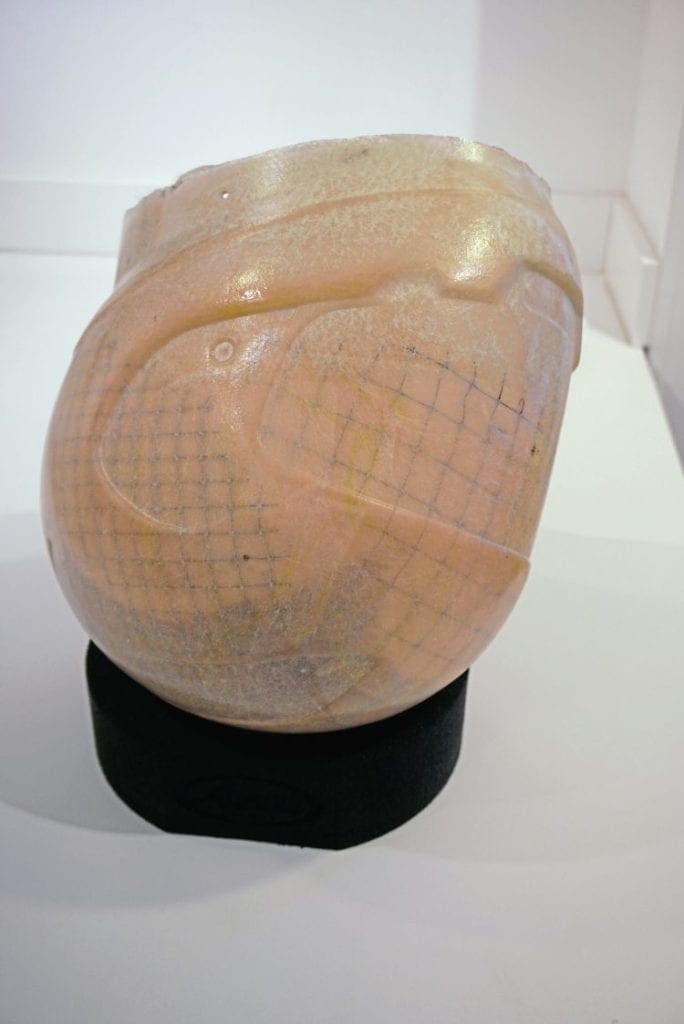
It’s a simple statement but the answer’s more complex than I’d imagined. “A good helmet offers two types of protection,” Stuart explained, “active safety and passive safety. Active safety is how a helmet performs in a crash and is the area most regulations are concerned with. Obviously this is important but it’s only part of the equation; most of the time it’s passive safety features that keep a rider safe.” This was a new concept to me and when I asked for clarification the list included things such as peripheral vision, which made perfect sense, but also things that I’d considered to be helmet ‘extras,’ such as ventilation.
Enjoy more Scootering reading in the monthly magazine.
Click here to subscribe & save.
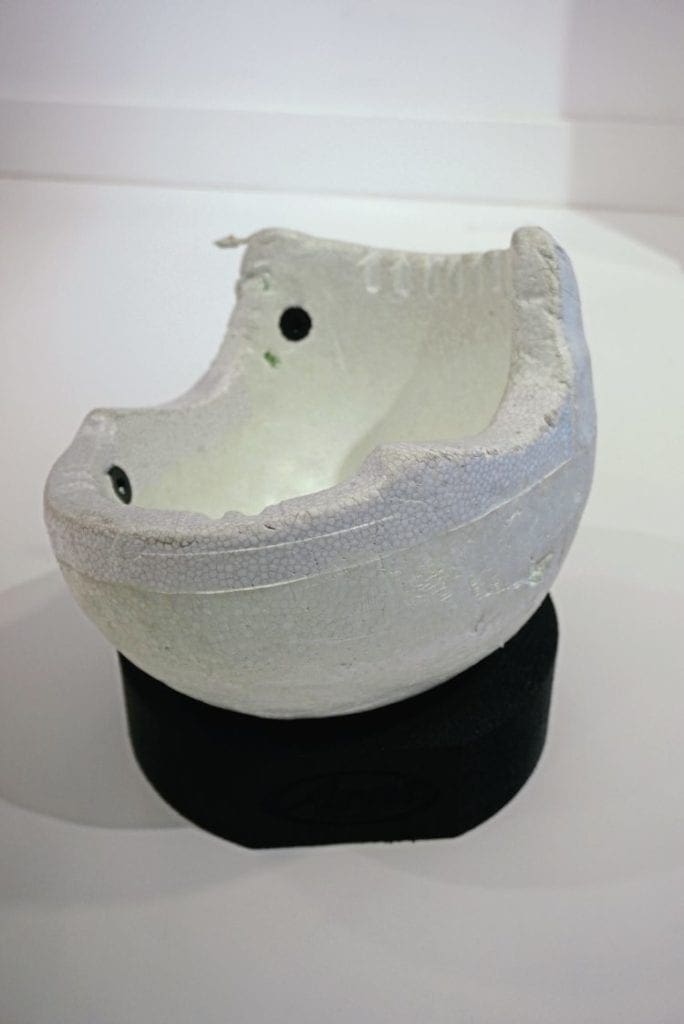
“People should think about what they’ll use a helmet for,” he explained. If it’s a short commute, ventilation isn’t a priority but for anyone planning a tour in the south of France it’s vital. Being uncomfortable reduces concentration and puts the rider at risk. Passive safety features make a helmet wearable but they also add cost, widening an open face helmet’s aperture by a few millimetres whilst retaining structural integrity is a huge engineering challenge. Helmets are one area where people really get what they pay for.”
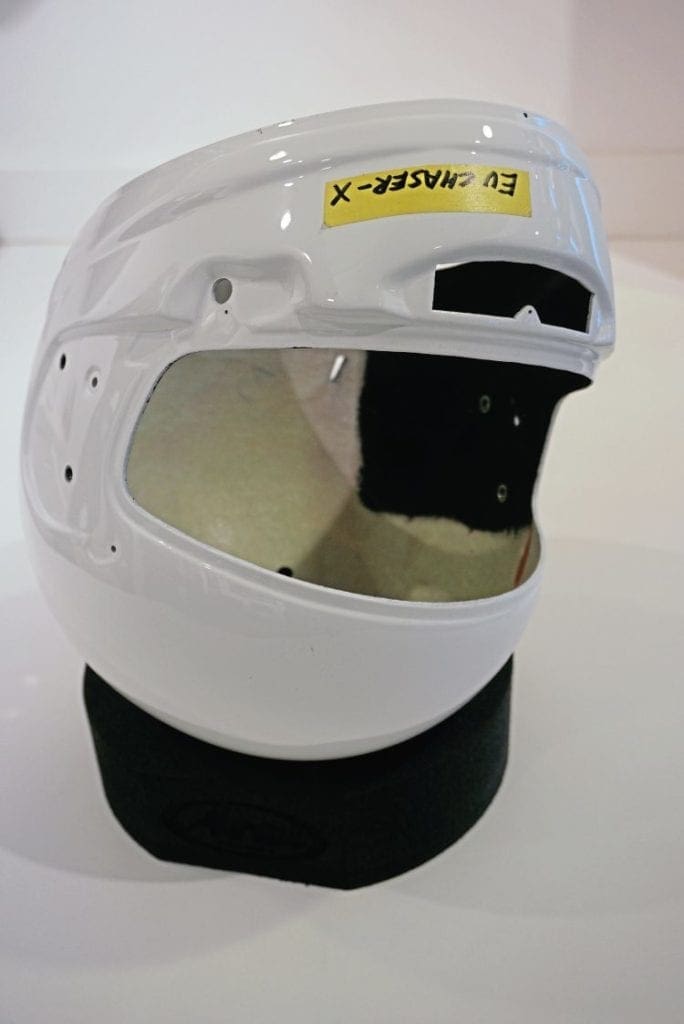
While talking about ventilation I complained that on one of my old helmets the vent caps broke off easily, only for Stuart to correct me: “That’s good design. Most motorcycle accidents involve sliding along the road surface. Things like vents should break off to avoid grabbing the road, preventing something called ‘rotation’. Think of it like shaking a snow globe. In an accident the forces involved can move the skull more quickly than the brain inside, rupturing its membrane and that’s never a good thing. A well designed helmet will minimise this by offering very little drag in the slide. There’s a fashion for helmets covered in leather and that really does grip. Put it this way, I wouldn’t wear one.”
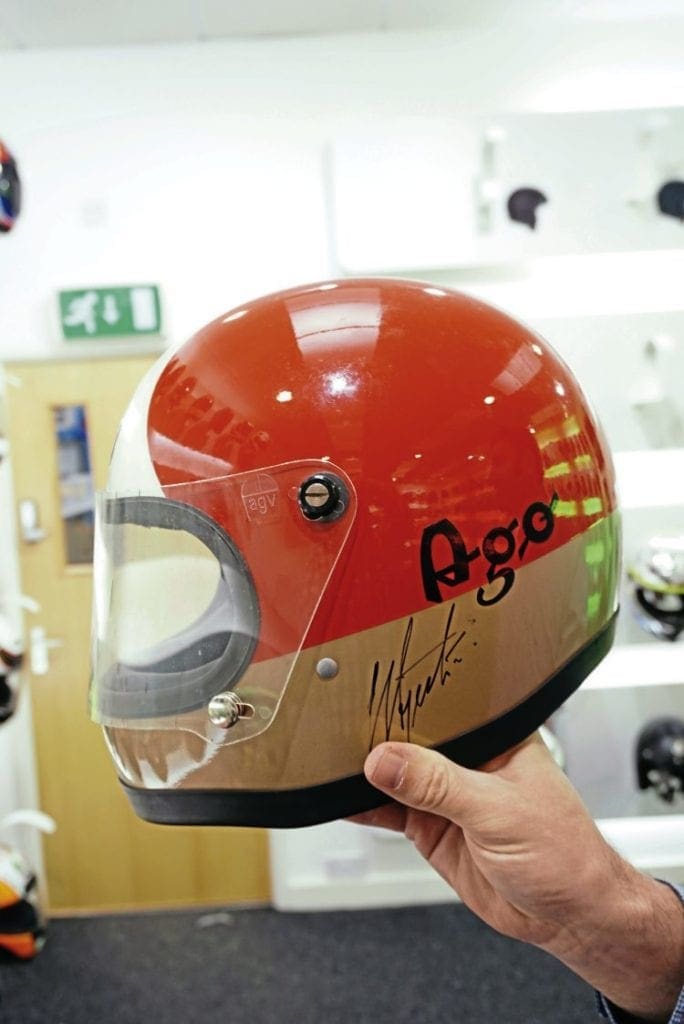
When asked what his ‘must have’ recommendations would be, Stuart paused before answering: “I’d look for a helmet with the widest field of vision. Our Sportmodular is one of very few helmets to offer 180°, the same as a human eye and that makes for a much safer ride. Good ventilation’s important and after that a pinlock visor. Essentially double glazing for your helmet, they aren’t a miracle cure but do reduce fogging. Drop down sun visors are also a fantastic idea, providing it locks in the up position.” He then laughed and added: “A washable lining should be high on the list. People wouldn’t wear the same socks every day but seem quite happy with a helmet that stinks!”

I’ve been riding for over 30 years and talking to Stuart made me realise that I still don’t know everything I should about buying a helmet. What I’m certain of is that no-one should be buying solely on whether a helmet looks good. There are plenty of resources to help make the correct decision but the best place to start is probably your local motorcycle clothing store.
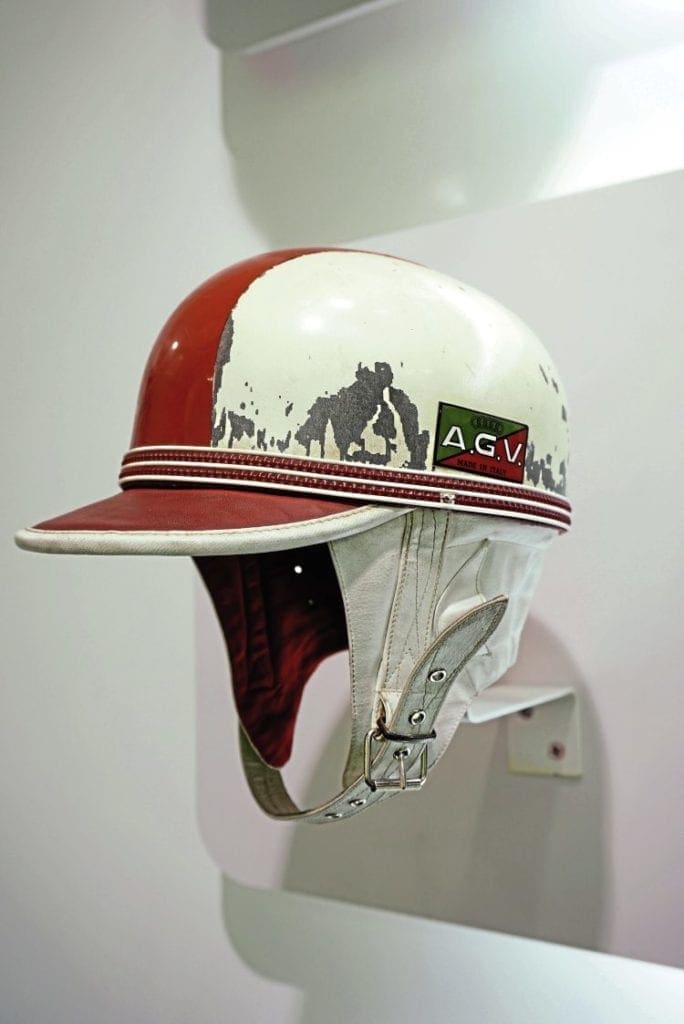
There are few more important purchases a scooterist will ever make than a helmet. As the old saying goes: If you’ve a £30 head then wear a £30 helmet’.
LAWRENCE OF ARABIA
Next time you wear a helmet think of T E Lawrence. In May 1935, the national hero suffered catastrophic brain injuries during a motorcycle accident. Among the medical experts summoned in an attempt to save his life was the neurosurgeon Hugh Cairns.

Convinced that Lawrence would have lived if he’d been wearing a helmet, Cairns began a study of fatal motorcycle accidents. His findings led to the adoption of protective headgear by military dispatch riders and ultimately their use by motorcyclists everywhere.
IF THE CAP FITS
“One of the biggest mistakes people make is buying the wrong size helmet,” explained Stuart. “I’d strongly advise against buying a helmet online, certainly without trying one on somewhere first. The starting point is a head measurement (which should be taken around the temples) but this isn’t the whole story. Sizes and shapes of helmets vary between manufacturers and even within their own range. There’s no such thing as an ‘Arai medium head’ and sometimes the helmet that looks fantastic in photos simply doesn’t suit an individual’s head shape.
When trying on a new helmet, forget how the old one fits. That’s probably been used for years and moulded itself perfectly. It’s not unusual for a new helmet to hurt. A good sign is that the helmet’s aperture sits about a centimetre above the eyebrows and grips the forehead snugly. When tilted backwards and forwards the skin should move with it. Our dealers are trained to ensure a good fit and will encourage a customer to take their time. I’d suggest wearing it for at least 15 minutes; a good dealer will understand what’s going on. If they don’t, go elsewhere.”
STAY SHARP

Established in 2007 as part of a Government drive to reduce road casualties, the SHARP initiative provides an independent and consistent measure of helmet safety. To achieve a sharp rating each model of motorcycle helmet undergoes 30 linear and two oblique impact tests. A minimum of seven individual helmet samples, in a range of sizes, are subjected to impacts at three speeds and the result is presented in an easy to understand rating of one to five stars. Unfortunately this only measures active safety, so a ‘five star’ rating may have been obtained at the cost of rider comfort. The aim is to ensure no-one’s wearing a one star helmet rather than make sure everyone’s wearing a five star. For most riders anything with three starts or above is probably worthy of consideration.
WHEN IS A HELMET NOT A HELMET?
The first thing to check before buying any motorcycle helmet is that it’s legal. In the UK that means complying with either British Standard 6658 or, more commonly, EC22.05. This information’s contained on a certificate that’s usually sewn onto the chinstrap and shows in which country the helmet was tested, its certificate number and a code denoting what type of chin protection it provides.
The latter is particularly important as it’s quite common for the chin piece on flip front and motocross helmets to offer no chin protection at all. The decision on whether to wear an open or full face is down to the individual – it’s personal choice – but it’s worth being aware of what exactly it is you’re buying.
Without the EC/BS certificate, in the eyes of the law you’re not wearing a helmet. While it’s highly unlikely that this’ll be checked on the roadside by your local constabulary, an insurance company will be very interested in what head protection was being worn at the time of an injury accident. It’s not unusual for American or even Indian spec helmets to be sold online and counterfeit examples are not unknown. All good reasons for supporting your local ‘bricks and mortar’ dealer.
HOW TO READ YOUR HELMET
E = European Standard
3 = Country granting homologation (approval), in this case Italy
05 = The version of regulations it complies with (05 is the most recent)
2848 = The homologation number
P = Crossover helmet with chin protection (also seen are NP = Chin guard that offers no protection, J = Jet (open face type) no chin protection, and P/J Modular helmet with chin protection)
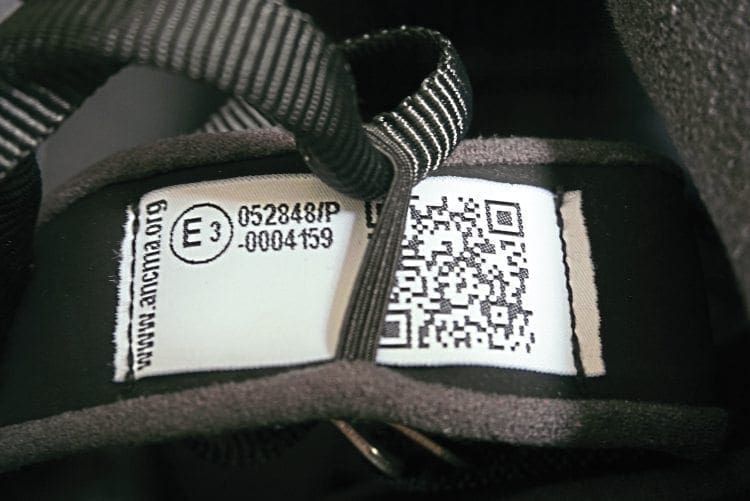
Words & Photographs: Stan

Enjoy more Scootering reading in the monthly magazine. Click here to subscribe.
Scooter Trader




